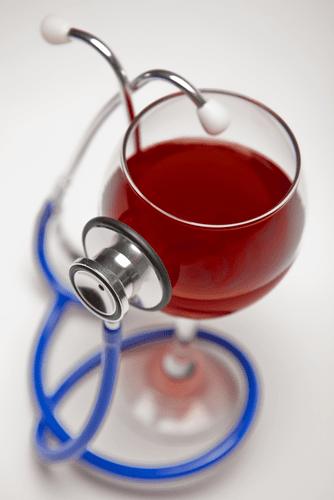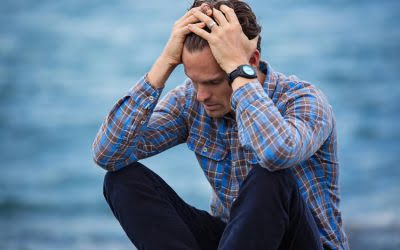Find treatment programs in your state that treat recent onset of serious mental illnesses. Find treatment programs in your state that treat addiction and dependence on opioids. Find Support is an online guide that helps people navigate through common questions when they are at the start of their journey to better behavioral health. Smith is also https://bourgas.ru/bolgariya-mozhet-vyigrat-evrovidenie-2020/?utm_source=yxnews&utm_medium=mobile&utm_referrer=https%3A%2F%2Fyandex.ru%2Fnews concerned marijuana could become commercialized like tobacco. He worries large corporations may similarly misuse psychedelics if researchers discover psychedelics are effective treatments for depression, anxiety, and other psychiatric disorders. Smith says the clinic received its first federal funding in 1972 for a heroin detoxification program.
Center for Substance Abuse Prevention (CSAP)
- Now is the moment to turn away from this two-tiered approach, where addiction care bears little resemblance to the rest of medicine, and instead bring addiction treatment fully into health care systems.
- We discovered that the national prevalence of those in recovery is approximately 9.1 percent, or 22.35 million U.S. adults.
- They’d be written off as in denial or worse — they had to “hit bottom” first.
- All Recovery accommodates people with any kind of addiction and its meetings are led by trained peer-support facilitators.
- It may help to get an independent perspective from someone you trust and who knows you well.
Less visible are the people who survive the illness and rebuild their lives. Now she’s a homeowner, she started a small business and says life is “awesome.” A .gov website belongs to an official government organization in the United States. Explore Mayo Clinic studies testing new treatments, interventions and tests as a means to prevent, detect, treat or manage this condition. Your therapist or licensed counselor can help you locate a self-help support group.
Opioid Treatment Program Directory

An overdose happens when the person uses enough of a drug to produce uncomfortable feelings, life-threatening symptoms, or death. That is because the brain is plastic and changes in response to experience—the capacity that underlies all learning. In one set of studies looking at some measures of dopamine system https://www.chinzadopeness.com/2020/08/ function, activity returned to normal levels after 14 months of abstinence. Over time, reward circuits regain sensitivity to respond to normal pleasures and to motivate pursuit of everyday activities. Areas of executive function regain capacity for impulse control, self-regulation, and decision-making.
Substance Use Helpline
People experiencing SUDs have trouble controlling their drug use even though they know drugs are harmful. For certain drug types, some symptoms are less prominent, and in some cases, not all symptoms apply. The NIH HEAL Initiative recognizes the complexity of recovery and the need to zero in on especially vulnerable populations. Adolescents and young adults between the ages of 15 and 25 are one such group, https://www.micq.org/page.php?id=233 with the lowest rates of engagement for medication for their opioid use problems. As part of the Consortium on Addiction Recovery Science, two HEAL-funded research teams are laying the groundwork for current and future science-based community participation in recovery research. Change is always difficult, and the temptation is constant to fall back into old and familiar patterns of thinking and behaving.

There are some friends who are better left behind—those who are linked to the addictive experience. People in the throes of addiction are not capable of the best form of friendship. Further, those friends can serve as a cue that sets off drug craving and challenges the recovery process.
The 12 Steps of Recovery
- Psychological therapies, as well as medications, can provide long-term relief for these problems, which addictions tend to worsen over time.
- Long-term recovery is not a final destination but rather an ongoing process of facing and coping with life without retreating into addictive behaviors.
- Find treatment programs in your state that treat addiction and dependence on opioids.
- Even people with severe and chronic substance use disorders can, with help, overcome their illness and regain health and social function.
Creating a new path takes proactive effort and much repetition before it feels comfortable. Happily, you don’t have to make all the mistakes yourself to learn what to do. Their missteps, when observed or communicated, provide guidance in how to proceed. Get the latest announcements on SAMHSA’s effort to address recovery support. 7 in 10 adults who ever had a substance use problem considered themselves to be recovering or in recovery.

